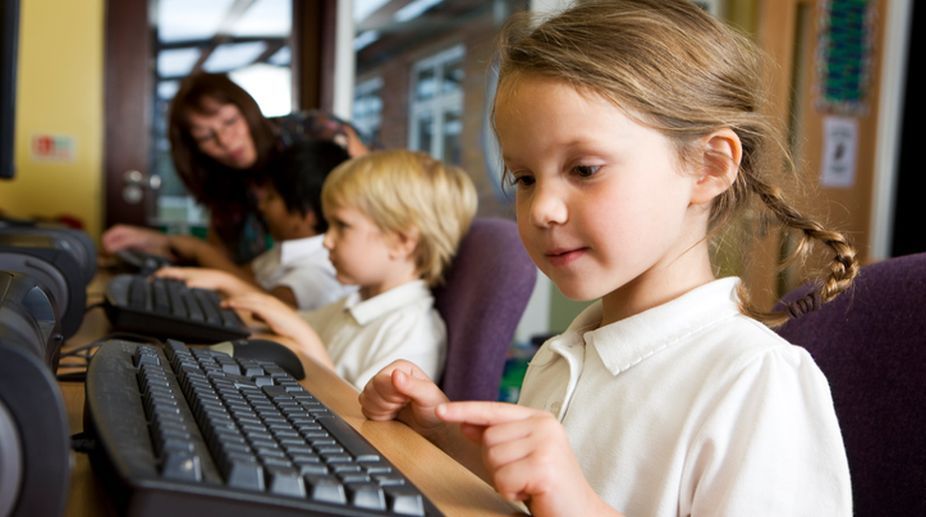Health demands
The government’s schemes with too many restrictions to make them truly inclusive by focusing only on the target groups often become utterly counterproductive.

(Photo: Getty Images)
Education has evolved greatly from its earlier tropes of rote learning to the present day innovative procedures to leave a lingering impact on young minds and technology has a great role to play here. It has impacted every facet of daily lives over the last few years from personal and business interactions to our school systems and the ways in which we learn.
Seeing how fast it has evolved over the last decade, mankind is yet to see the best of it. Currently novelties which are used to improve and facilitate learning can be found in abundance. One can safely say that, we have embraced technology in education where it is used for both teaching and learning, with the main purpose remaining in changing how teachers and students gather, access, analyse, present and transmit information.
Here are a few ways how this is changing education:
Advertisement
Virtual reality: Delivering deeper engagement that goes beyond traditional textbook, the incorporation of virtual reality inside classroom adds an unprecedented context in learning owing to the visual element. This enhances the connection between concepts and information much better than simply reading.
Augmented reality: Overlaying digital content including hologram images onto a user’s view, augmented reality allows the user to “maintain control” of their environment by seeing the real world around them on a virtual scale. This would help in elevating the lessons to a more comprehensive and hands-on level.
Using smart devices: Devices such as tablets and smartphones have made significant growth as they continue to gain in popularity in the form of learning tools for students and educators. Offering easy accessibility, smart devices are also expected to play a significant role in bridging the education inequalities, through integrated learning as chalkboards become redundant.
Gamification: Computer games are continuing to reinvent as credible education tools, as educators are opening up their eyes to the importance of this medium. Popular games are being utilised as aid, teaching creativity, collaboration and problem solving. This approach to motivate students, bringing game design and elements into the learning environment, is here to stay.
Coding: As the curriculum is rapidly inculcating innovation, coding is being the harbinger of change amongst educational bodies alike. Learning coding skills helps develop problem-solving processes, by breaking down big challenges into smaller and more manageable tasks. Educators are using this tool to harbour augmented analytical thinking, to go through various upheavals of life.
With the onset of technology, one can expect an increased efficiency and effectiveness on both teachers and students.
Technology is leading to a prompt pedagogical change, while addressing issues that affect learning, teaching and social functionalities. It can therefore, be seen as a tool alongside a catalyst for change. Students should embrace technology for their benefit and teachers should be open to introducing it into the classroom to innovate their teaching practices.
(The writer is executive director, Tula”s Institute)
Advertisement